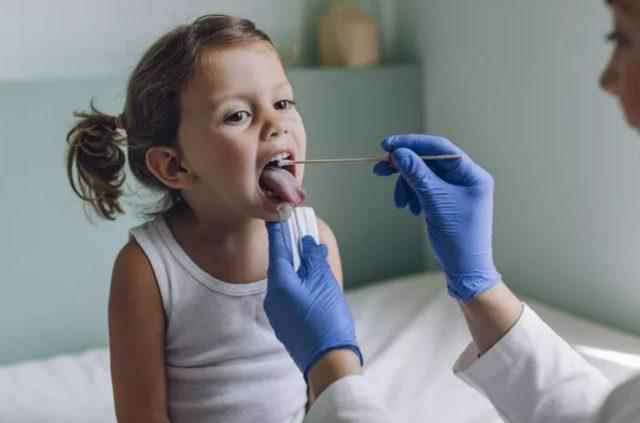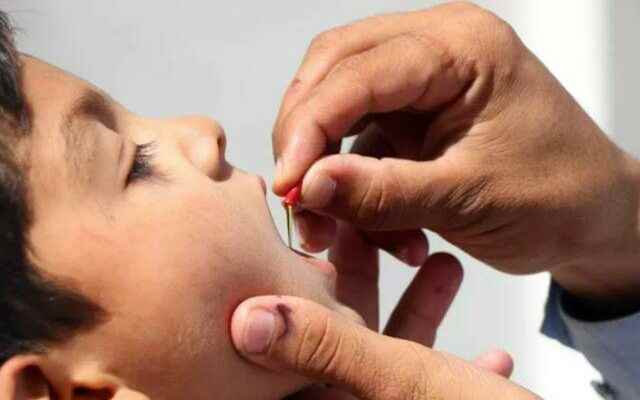Polio is a disease that affected the whole world between 1840 and 1950s. This disease, which spreads very rapidly, has caused the disability of millions of children. Polio is caused by a virus. Although the incidence has decreased by 99% after the polio vaccine is available, polio cases continue in some countries. Traces of the polio virus were found in sewage samples in England. While no cases have been found in the country yet, experts warned it poses a serious threat.
WHAT IS CHILD PAROL?
Polio (poliomyelitis) is a disease caused by a virus called poliovirus attacking the nervous system. The age group most at risk of contracting polio is children younger than 5 years old. According to World Health Organization (WHO) data, 1 out of every 200 polio infections causes permanent paralysis. However, thanks to the global polio eradication initiative in 1988, regions such as the Americas, Europe, the Western Pacific, and Southeast Asia have eradicated the disease. However, polio is still observed in some countries such as Afghanistan, Pakistan and Nigeria. The eradication of polio will benefit the whole world globally in terms of health and economy.
WHAT ARE THE SYMPTOMS?

It is estimated that 95 to 99% of people infected with poliovirus have no symptoms (asymptomatic). Even without showing symptoms, people infected with poliovirus can still spread the virus and pass it on to others without realizing it. Polio can have non-paralyzing) symptoms as well as paralyzing symptoms when it reaches the nervous system. The signs and symptoms of polio can last from 1 to 10 days. The following symptoms are observed with flu-like symptoms.
HOW IS CHILD PAROLIA TRANSMITTED?

The virus enters the body through the mouth. It multiplies in the throat and digestive tract and spreads throughout the body. It settles in the throat and is found in the stool. It takes weeks (10 weeks) for the virus to be eliminated from the body with feces. When hygienic conditions, that is, cleaning rules are not followed well, contamination occurs and then epidemics occur. Rarely, it can act as an intermediary in finding milk, foodstuffs, and other fecal matter. Contamination of its waters by infected feces can lead to the spread of the disease.
WHAT ARE THE WAYS TO PROTECT CHILD PAROL?

The only way to prevent the disease is vaccination. There are two different vaccines for polio. One is Oral Polio Vaccine (OPA=Live Vaccine) administered orally as two drops, and the other is Inactive Polio Vaccine (IPA=Dead Vaccine) administered intramuscularly from the arm. The vaccine made in two drops in the mouth prevents the virus from causing disease by mixing with the blood from the intestines in the digestive system, while the vaccine made from the arm ensures the formation of protective substances against the virus in the blood, providing a two-way and very strong protection. This double-sided protection application also prevents people from infecting each other with the virus, ensuring that it becomes completely ineffective and disappears.
